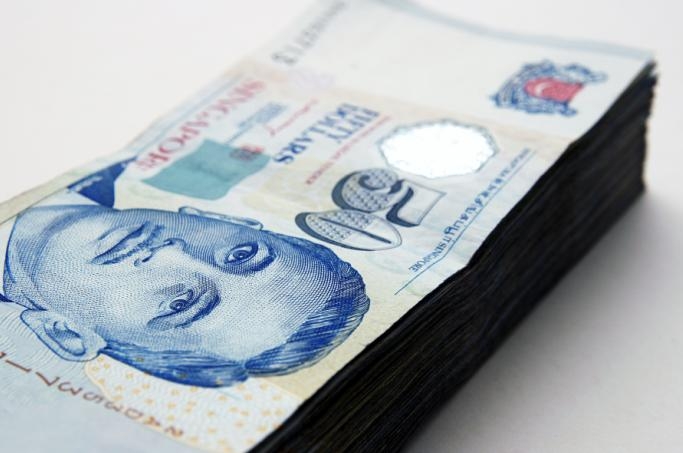
Currency Briefing - what you need to know for Fri March 2, 2012
The Singapore dollar is now trading at $1.2476 as the US dollar drops against all of the major currencies except for the euro and Swiss Franc.
IG Markets Singapore said:
The Singapore dollar has edged up against the US dollar, currently trading at $1.2476.
The US economy has been showing continued signs of strengthening and last night posted better-than-expected jobless claims figures. A strong US economy is good news for risk sentiment and encourages traders into riskier assets and currencies.
The US dollar had been trading above the $1.25 level as the markets focused on the negativity surrounding QE3 not being mentioned by Ben Bernanke in his speech to Congress.
But this disappointment hid the fact that the US economy is steadily growing and sentiment is improving about the global economy in general. This seems to be shining through now and a risk-on attitude is back on the agenda.
Ben Bernanake did few favours with a cautious declaration that the US economic recovery was “uneven and modest” which spooked traders back into the safe haven of the greenback. But the markets have spoken and feel a more upbeat mood is evident.
Singapore and Asian currencies were also boosted by renewed confidence in China’s manufacturing activity which showed an improvement.
GFT, on the other hand, noted:
The U.S. dollar ended the North American trading session lower against all of the major currencies with the exception of the euro and Swiss Franc.
Early gains in the greenback evaporated slowly as risk appetite fueled gains in higher yielding currencies. The Canadian, Australian and New Zealand dollars performed particularly well thanks to the rise in commodity prices.
The price of crude oil is up 2 percent today (March 1) while the price of brent is up 3 percent and this is exactly what Fed Chairman Ben Bernanke is worried about. Central bank officials had not accounted for such a sharp the rise in oil in their forecasts.
Since the beginning of the year, WTI Crude is up 10 percent and this has driven the average price of a gallon of gasoline in the U.S. up 12.8 percent. Tensions in the Middle East have increased over the past 24 hours with Israel warning that it could test fire a ballistic interceptor missile.
The recent rally in oil prices will increase inflationary pressures around the world, making central banks less apt to loosen monetary policy even though higher prices hurt growth.
RBS meanwhile reported:
Earlier in the week we established short EUR/CAD exposure and have added to our core short EUR position today (March 1) by recommending establishing short EUR/USD exposure (spot reference 1.3330), targeting a test of the 2012 low (1.2650).
A double-top around 1.3487 and the key-day reversal suggest the EUR/USD rebound may be complete. Moreover, modestly rising US interest rates and a narrowing Euro zone rate advantage suggest fundamental downside for EUR/USD, as does the LTRO2 ECB balance sheet expansion.
It is important to note that our short EUR/USD position is not necessarily reflective of a poor environment for risk appetite broadly view. In fact, the correlation between EUR/USD and the S&P 500 (a proxy for risk appetite) has fallen significantly over the past few months and we still retain a positive near-term outlook for the commodity bloc currencies and hold long CAD positions vs. both EUR and USD.
























 Advertise
Advertise






